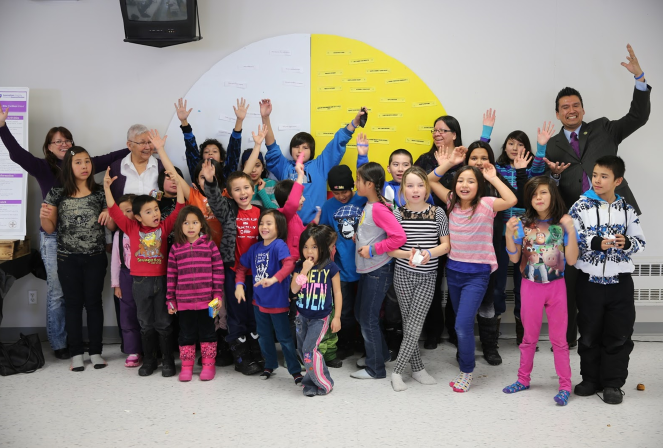Indigenous-led health projects tackle youth mental health and diabetes
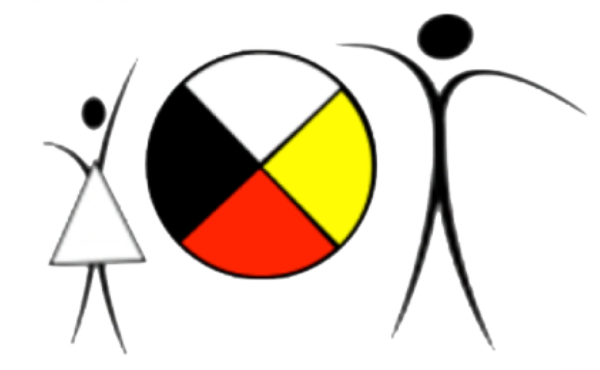
Two OSSU-supported Ontario Indigenous health research projects will have far-reaching effects for people within the province and beyond. Empowerment, respect, partnership and connections are shared themes in these projects, one working to improve the mental health and well-being of Indigenous children and youth and the other a deep dive into diabetes in Ontario’s First Nations people. For both projects, OSSU provided funding, linkages to research expertise, data and support to nurture and grow the research.
Mental health services for on-reserve Indigenous youth
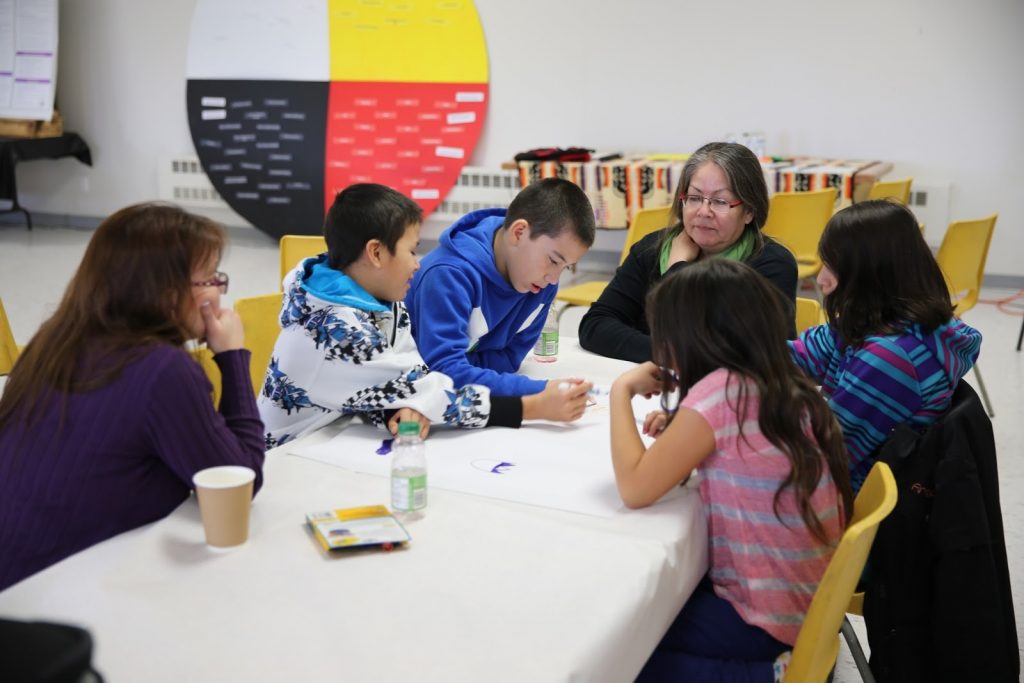
“How are you?” That’s the name of a strengths-based approach to assessing the health and well-being of children and youth, and the goal of the project.
Grounded in the medicine wheel and its four quadrants of health – spiritual, emotional, physical and mental – Aaniish Naa Gegii: the Children’s Health and Well-being Measure (ACHWM) is a new community-embedded screening and triage process. It is looking at whether a measure of the health and well-being of children and youth can identify mental health needs earlier and connect youth to support.
Indigenous children and youth living on-reserve face health challenges, especially in mental health. Many do not receive support until they are in crisis, earlier identification and links to local support are critical to helping these young people.
Initially named The Aboriginal Children’s Health and Well-being Measure, Aaniish Naa Gegii started with youth aged 8 to 18 in Wiikwemkoong Unceded Territory on Manitoulin Island.
The project looks at the physical, emotional, mental and spiritual health scores of children and youth, who answer a series of questions on a tablet, providing an easy, fun, non-judgemental way for them to report on their well-being in their own voices. The screening process identifies youth at potential risk of mental health issues and links them immediately to a local counsellor for further assessment and support. Its strengths-based approach shifts the lens through which mental health is viewed.
Begun about 10 years ago under the leadership of Dr. Nancy Young, a researcher at Laurentian University and Mary Jo Wabano, Health Director for
NAANDWECHIGE-GAMIG Wikwemikong Health Centre, the project was essentially designed by children and youth who were keen to get involved at the outset.
“We had a massive amount of engagement,” says Dr. Young. “The children and youth figured out questions and how to talk to their peers about health and wellness.”
These questions were incorporated into a questionnaire that has been adapted by other communities, including Métis, Inuit, children-in-care as well as First Nations, to assess health and well-being. OSSU IMPACT Award funding in 2016 was augmented with support from the Ontario Ministry of Children and Youth Services midway through the project
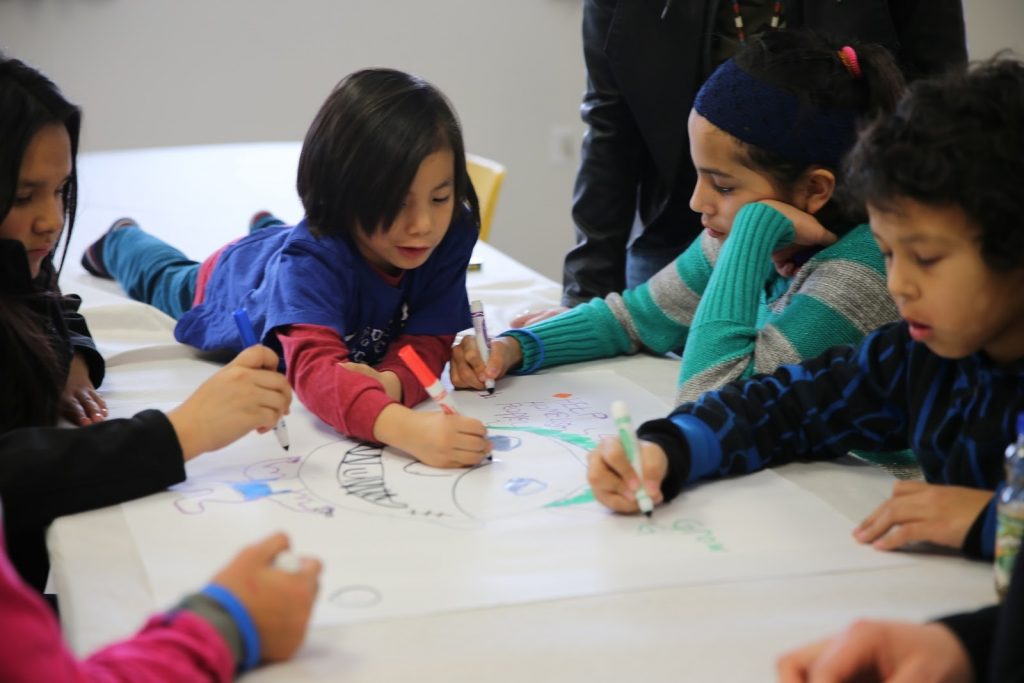
The researchers hope that this wealth of unfiltered data coming directly from children in their own voices will be valuable in providing the right mental health supports for youth in need.
“There isn’t a lot of primary data for communities and not a lot of child voice,” says Dr. Young. “This lets us see how children assess their health and how it changes over time. If we add a new program, we can see if it’s good and what the usual recovery is like, what new therapies we have to offer this population.”
And for communities, it has altered the way they view mental health and wellness.
“It has changed the conversation about wellness; it’s not just what parents or teachers say about the kids but about what the children say. It’s about giving children a voice about how they are doing and implementing programs that will help children feel better.”
Mary Jo has made it possible for every child to meet a local mental health worker to destigmatize mental health. It’s now a common experience for children to know the name and face of a local counsellor. This positive, proactive approach has neutralized any concerns about shame around mental health.
And the results? The project has provided new insights into mental health needs and connected a new group of 35 children to local supports, who needed about a day to achieve wellness compared with children in the typical treatment group who require much more support.
“A small amount of local support is enough to put these children on the path to recovering. The trajectories are upwards, not downwards. That’s why research is really important. We needed to know what that path looks like, and now we know local treatment is effective,” says Dr. Young. Leveraging the learnings from the first phase, the researchers are sharing the resource nationally and have recently received a CIHR Pathways grant to support further expansion. In addition, a grant from Associated Medical Services in partnership with OSSU will help revamp the website for scale-up, enabling Indigenous communities across Canada to efficiently register and have ownership of their data through an online portal.
Diabetes in First Nations
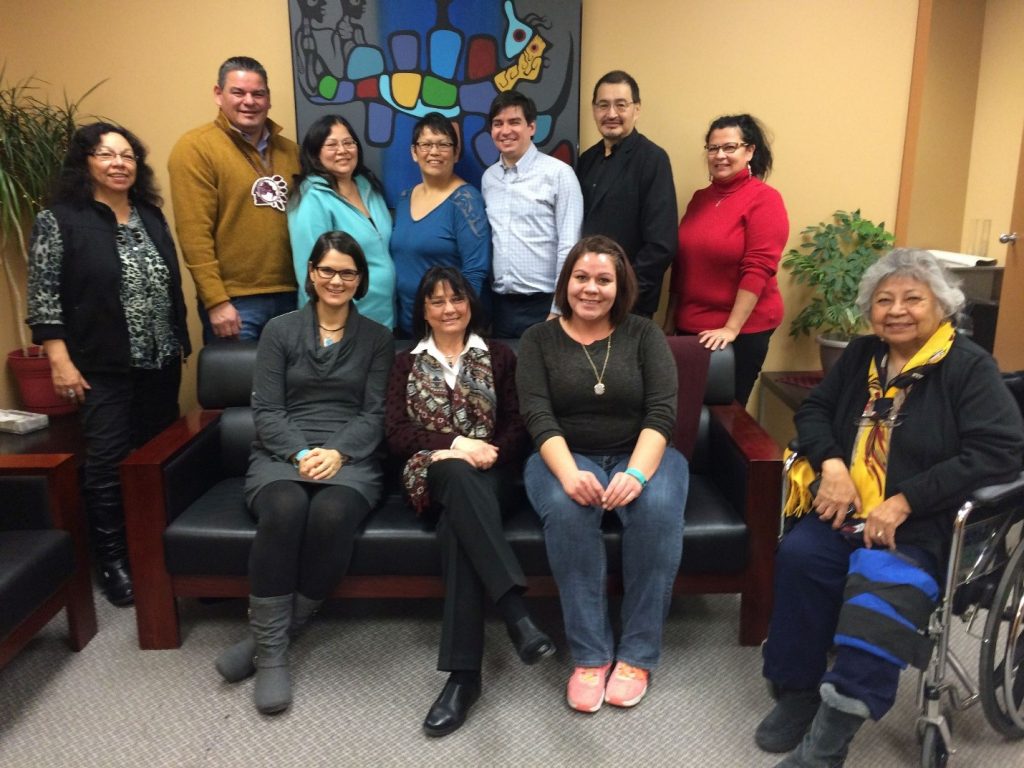
“By the people, for the people” was the approach of a research project to a better understanding of diabetes in First Nations people. A partnership with Chiefs of Ontario (COO), researchers from across the OSSU network including ICES for data linkages, patients, care providers and Elders engaged at every stage, the research project has deepened our understanding of diabetes and its myriad of health impacts.
“All research papers and ICES were guided by the need to build First Nations capacity for research, as well as building the capacity of researchers to work with First Nations,” says Dr. Jennifer Walker, Canada Research Chair in Indigenous Health, School of Rural and Northern Health at Laurentian University.
This symbiotic, two-way partnership will help change health delivery and prevention; the researchers hope. It has also created a mechanism for data governance processes that will make future research projects easier for First Nations communities.
“There are some really important things we found that will, and are, already beginning to have impact in communities,” says Dr. Walker. “One of the immediate things when we reported to First Nations in Ontario was they said they can see how diabetes is growing in younger people and younger women. Most of our programming is targeted at people who are 50+ and the way we are doing things may need to change.”
With this comprehensive information on diabetes in pregnancy, diabetes and cardiac care, kidney disease, foot care and more, the community is armed with data that can help make change at policy and service delivery levels.
“We hope the research will improve policies that exist, for example, in finding different ways of educating. In children, there was a 150% increase in diabetes over 20 years, and we need to start educating earlier and hopefully find new ways to educate about how to prevent diabetes,” says Roseanne Sutherland, Research Manager, Chiefs of Ontario.
Woven through the project was patient and community involvement, with engagement at all levels. Patients contributed 360 degree views on living with diabetes and diabetes educators from several communities shared experiences and expertise. Chiefs, Elders, family members of relatives living with diabetes, as well as a health director, provided input from the start.
“It was really important to have people who cared, who have family members who have diabetes as they contribute vital lived experience,” says Roseanne,
Patient and community partners are also giving direction on the final publications to ensure they will be understood by the public, including the pivotal People’s Report which will include infographics and plain language to make it accessible and widely read.
Innovative funding model
OSSU’s innovative approach to funding, requiring a short two-page letter of intent and its strengthening workshops, helped get these projects off the ground.
“There are so few really directed opportunities for people to go through this kind of process, to think through the type of projects that would have impact and are well-aligned with priority areas, research and policy,” says Dr. Michael Green, lead researcher on the diabetes and First Nations project and a family physician and professor at Queen’s University in Kingston. “The IMPACT Awards made a platform for this to happen. It meant people didn’t have to invest months and months of work before knowing if they were on the right track.”
Acting as a central hub, a catalyst, OSSU was pivotal to the project’s success, connecting the research team to data, to expertise at research centres, health services researchers and other stakeholders.
“It was about using resources wisely, not the way granting agencies traditionally work,” says Dr. Green. “I think the partnership with CIHR and the province brought that different approach.”
Resources
- First Nations diabetes collections in CMAJ and CMAJ Open
- ICES report First Nations and Diabetes in Ontario
- Aaniish Naa Gegii: the Children’s Health and Well-being Measure (ACHWM)
